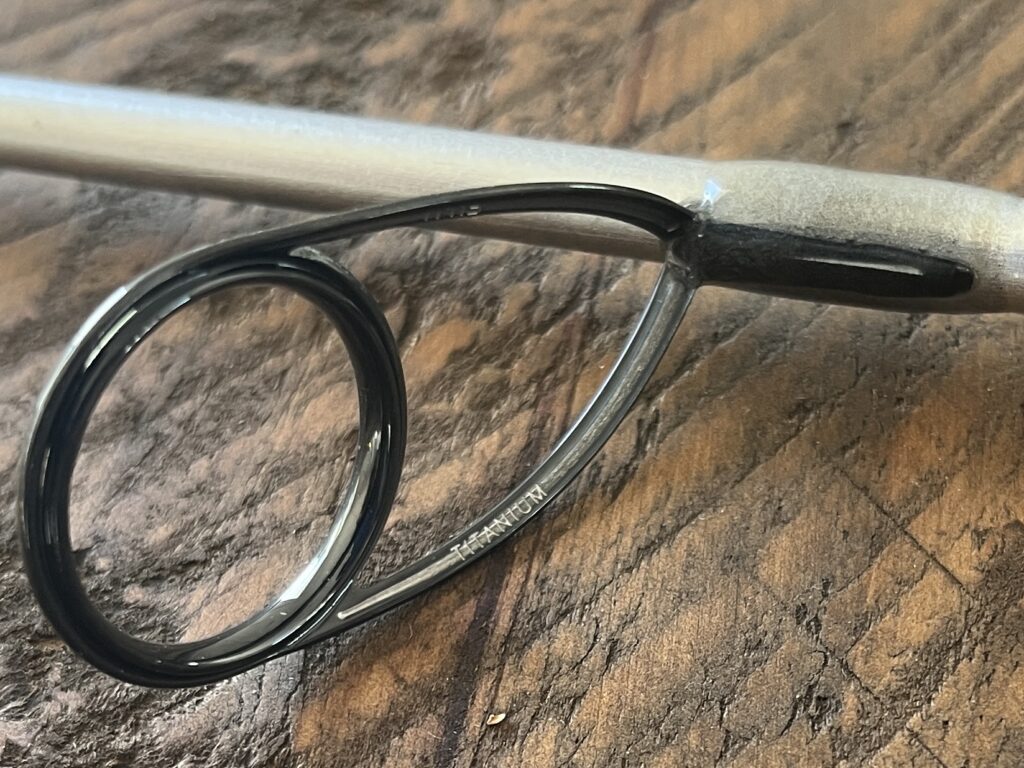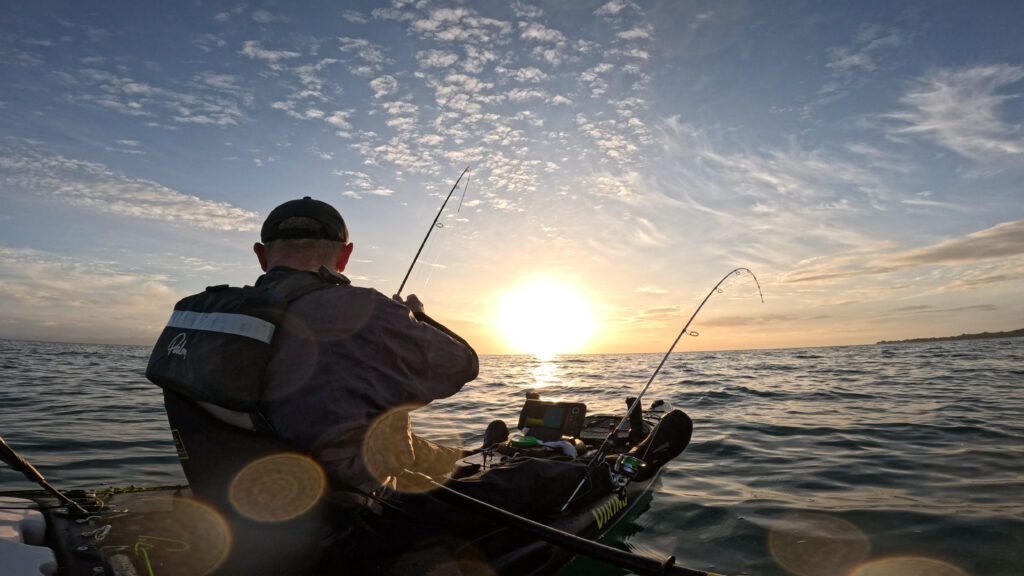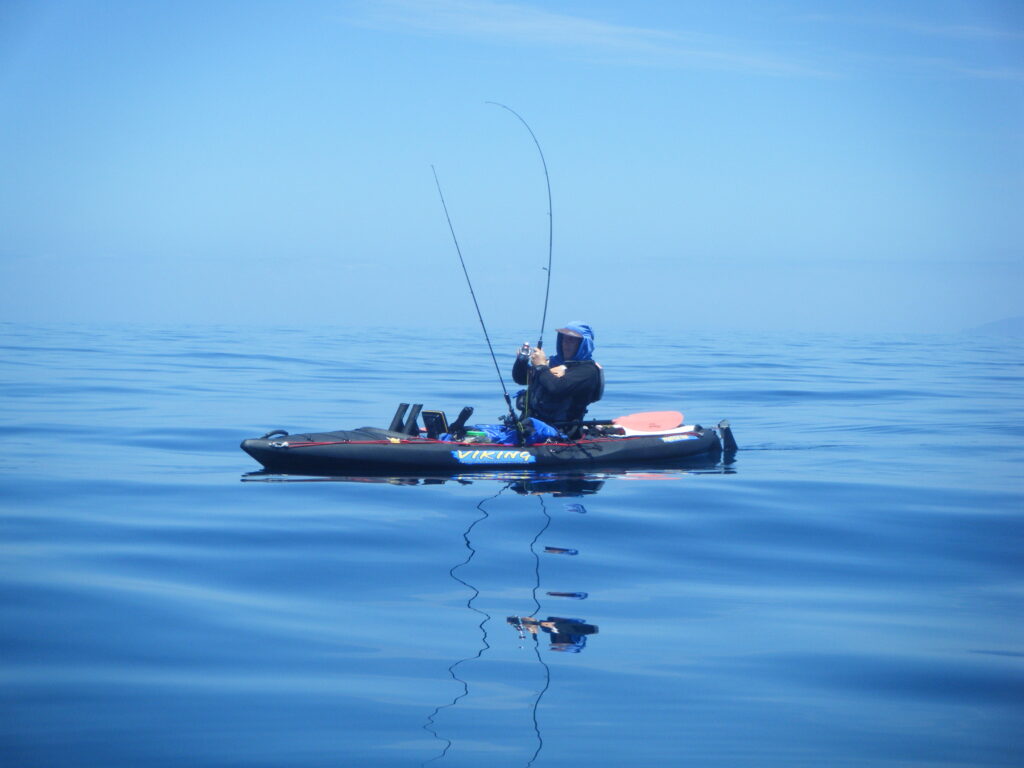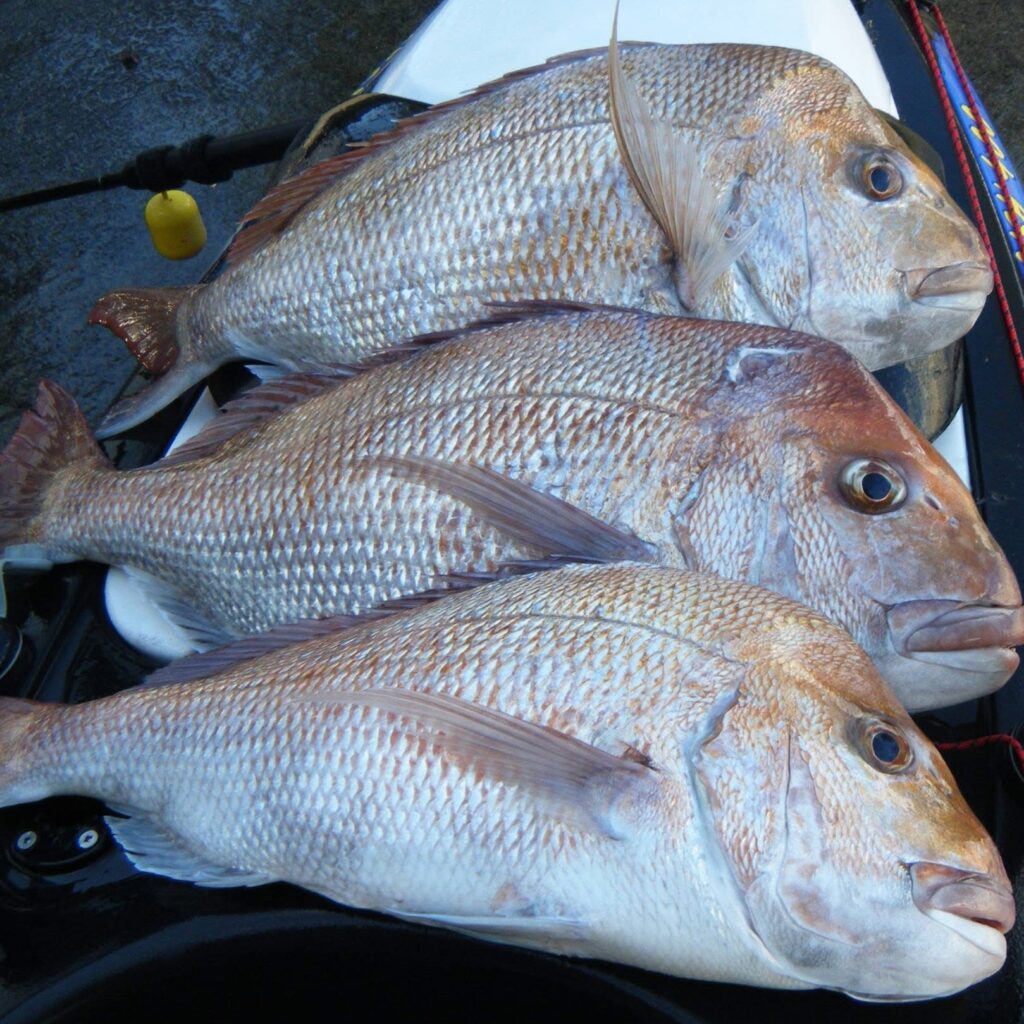
The Ultimate Guide to Soft Bait Rods: Choosing the Right One for Your Fishing Adventures
Introduction
Fishing has always been about patience, technique, and the right tools, but as the sport evolves, so do the techniques and equipment. One of the most popular techniques in modern fishing is soft bait fishing, where anglers use soft plastics to mimic the movement of prey. This style of fishing requires a specialized rod — the soft bait rod. Whether you’re a seasoned angler or a novice looking to explore new fishing styles, understanding the importance of a soft bait rod can take your fishing experience to the next level.
What Is a Soft Bait Rod?

A soft bait rod is designed specifically for the use of soft plastic lures, such as worms, grubs, swimbaits, and creature baits. These rods are typically more sensitive and flexible than traditional rods, giving anglers better control over the soft baits and the ability to feel subtle bites that might be missed with less-sensitive rods.
Unlike conventional rods used for hard baits like crankbaits or spinners, soft bait rods are built to deliver precise, controlled movements that mimic the natural motion of a live baitfish. The combination of the right materials, action, and power makes these rods highly effective for fishing with soft plastics.
Key Features of a Soft Bait Rod

Sensitivity
The most critical feature of any soft bait rod is sensitivity. A sensitive rod allows you to feel the softest bites, crucial for detecting fish nibbling your bait. Graphite rods are especially favored for their high sensitivity.
Action
The action refers to how much the rod bends under pressure. Fast action rods are ideal for soft bait fishing because they deliver quick, sharp hook sets. Medium action rods offer more controlled movements and longer casts.
Power
Power describes how much force is needed to bend the rod. Light to medium power rods are typically preferred, depending on the size of fish targeted.
Length
Rod length impacts casting distance and control. A length between 7’ and 8’ is generally ideal for soft bait fishing, balancing distance with sensitivity.
Material
Graphite remains a popular material for its lightweight sensitivity. Carbon fiber and composite rods (a blend of fiberglass and graphite) also offer durability and strength at various price points.
Best Techniques for Using a Soft Bait Rod

Worming (Texas Rigging)
Attach a soft plastic worm to a hook with a bullet weight, dragging or hopping it along the bottom to mimic prey. A highly sensitive rod is essential here.
Ned Rigging
Use a small soft plastic on a finesse jig head designed to twitch slightly near the bottom. A light-powered, sensitive rod gives the best feel for this subtle technique.
Drop Shotting
Suspend a soft plastic bait above the bottom using a drop shot rig to target mid-water feeders. Sensitivity is critical for detecting delicate bites.
Swimbait Fishing
Retrieve soft plastic swimbaits at different speeds. Medium-power, fast-action rods provide the ideal blend of strength and finesse for this technique.
Choosing the Right Soft Bait Rod for You

- Target Species: Larger species like bass or pike require medium-power rods. Light or ultralight rods are best for smaller fish.
- Fishing Environment: Boat anglers may prefer longer rods for better casting; shore anglers might favor shorter rods for control.
- Material and Budget: High-end graphite rods offer top sensitivity but are more expensive. Composite rods are a good balance for budget-conscious anglers.
Conclusion
Investing in the right soft bait rod can significantly enhance your fishing success. A sensitive, flexible rod designed for soft plastics ensures you feel every bite and capitalize on every opportunity. Whether you’re a seasoned angler or just starting out, choosing a rod tailored to your fishing style is key. By focusing on sensitivity, action, power, length, and material, you’ll be well-prepared to tackle any fishing challenge New Zealand waters offer.
Happy fishing!

Ready to fish with a rod built just for you?
At K-Labs, we design and custom-build softbait rods to match your fishing style, target species, and personal preferences. Every rod is crafted right here in New Zealand with precision and passion.
A soft bait rod is designed for fishing with soft plastic lures like worms, grubs, and swimbaits. These rods are lightweight, ultra-sensitive, and built for precision — helping you detect the slightest bite and set the hook fast. They’re a must-have tool for anglers targeting snapper, kahawai, and other NZ inshore species.
Soft bait rods are tuned for casting light lures and working them with finesse. They typically have fast action, responsive tips, and powerful lower sections for hook-setting strength. Compared to traditional rods, they offer more control, sensitivity, and bite detection — especially when fishing with braided line.
The sweet spot for soft bait fishing in NZ is a 7’ to 8’ rod rated for 3–8kg line, with medium-light to medium power and fast action. That gives you long casts, great lure control, and the backbone to stop big fish without snapping light gear.
Yes — while soft bait rods are purpose-built, they’re incredibly versatile. You can use them for micro jigs, topwater lures, and even flasher rigs in shallow water. Just don’t overload them — they shine with finesse, not brute force.
Because every K-Labs soft bait rod is hand-built in NZ with the exact action, balance, and length that suits your fishing. You get premium components, perfect guide alignment, and a blank that actually matches your style — not a one-size-fits-all factory rod. It’s tailored performance you can feel.
Easy — contact K-Labs or start your build online. Choose your grip, guides, blank, and length — and we’ll help you craft a rod that hits different. Whether you’re chasing trophy snapper or exploring soft plastics for the first time, we’ve got you covered.

So informative 👍 Thanks heaps. 👍